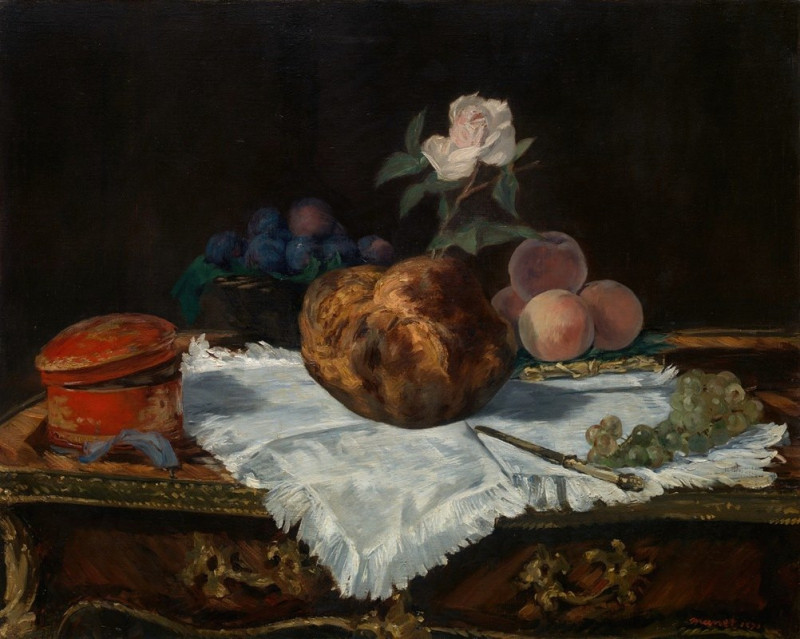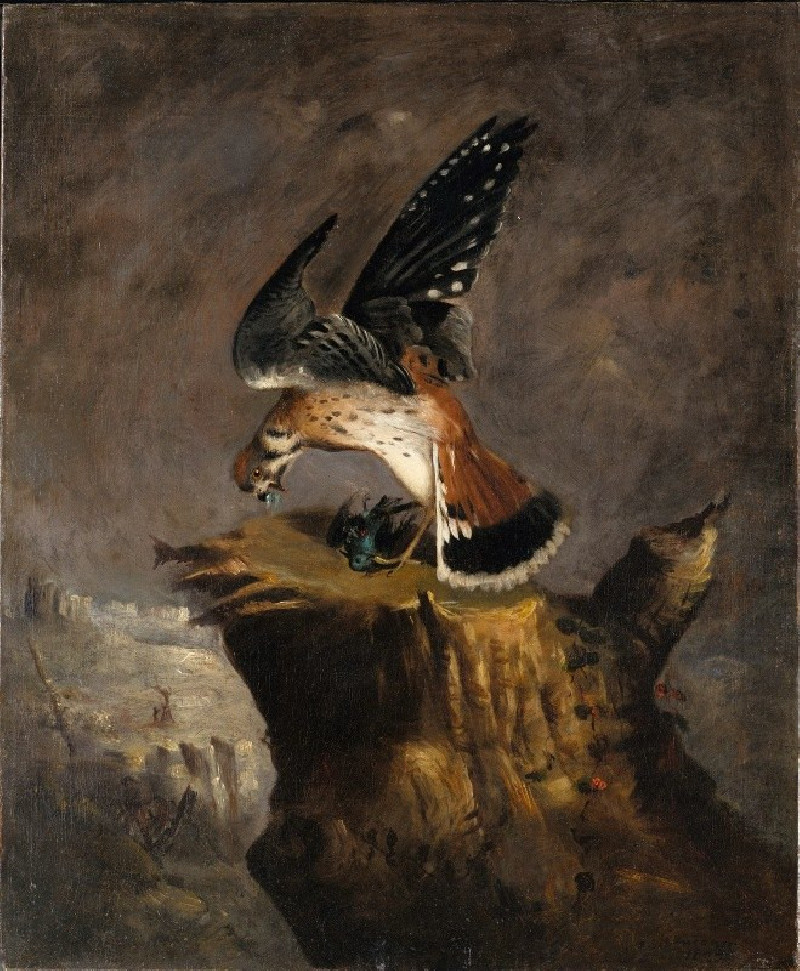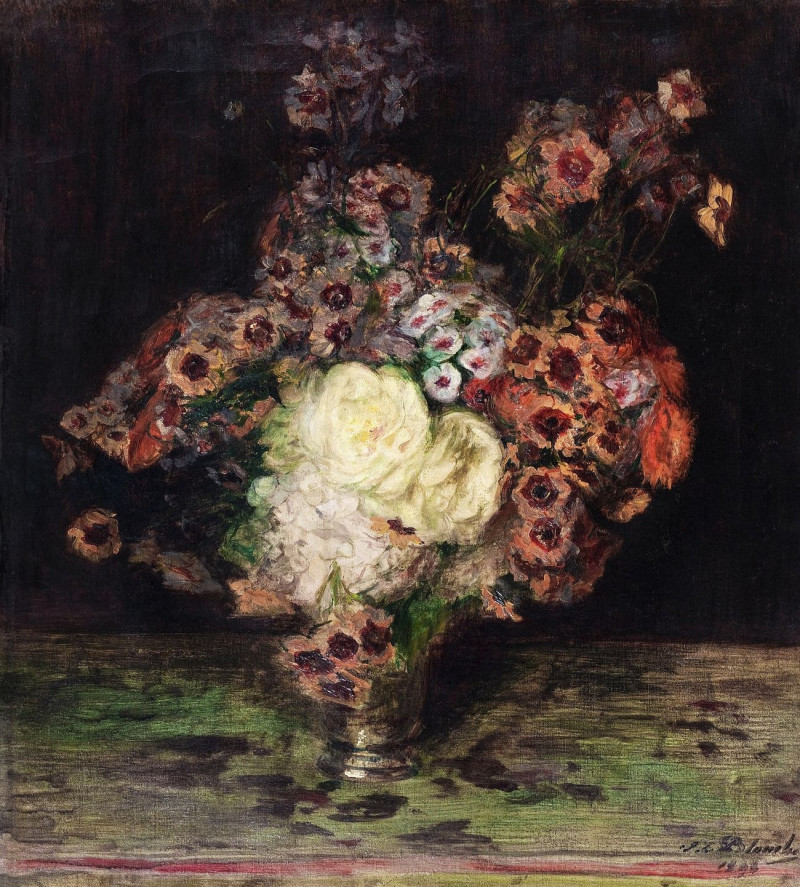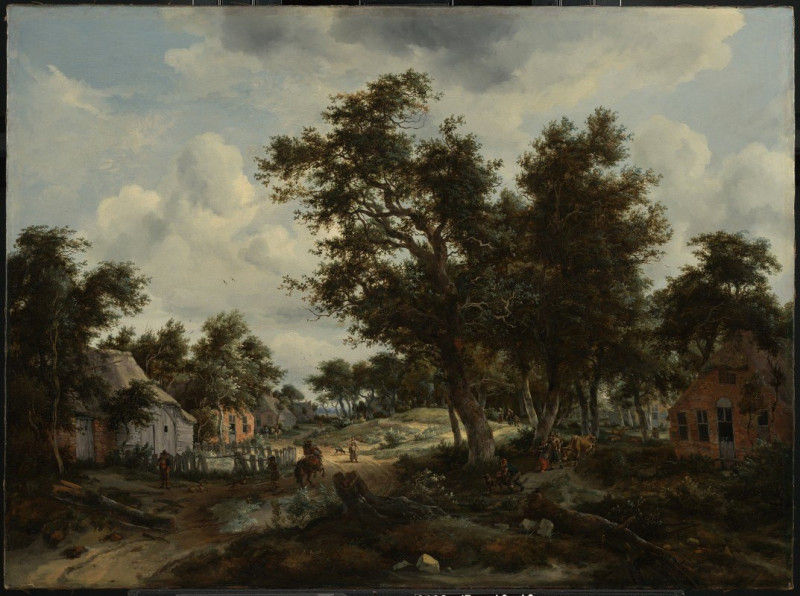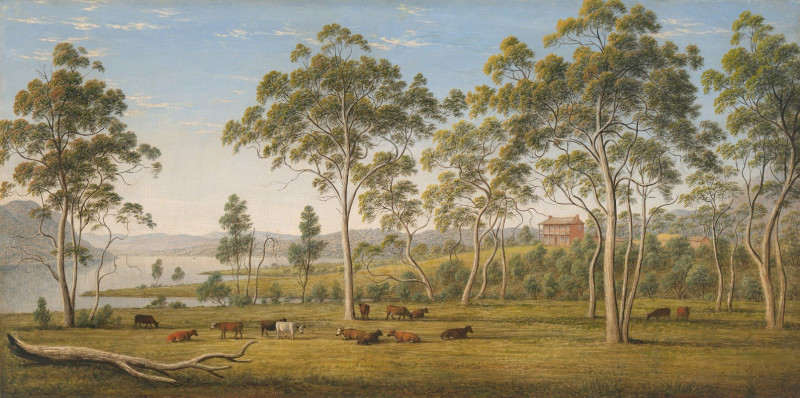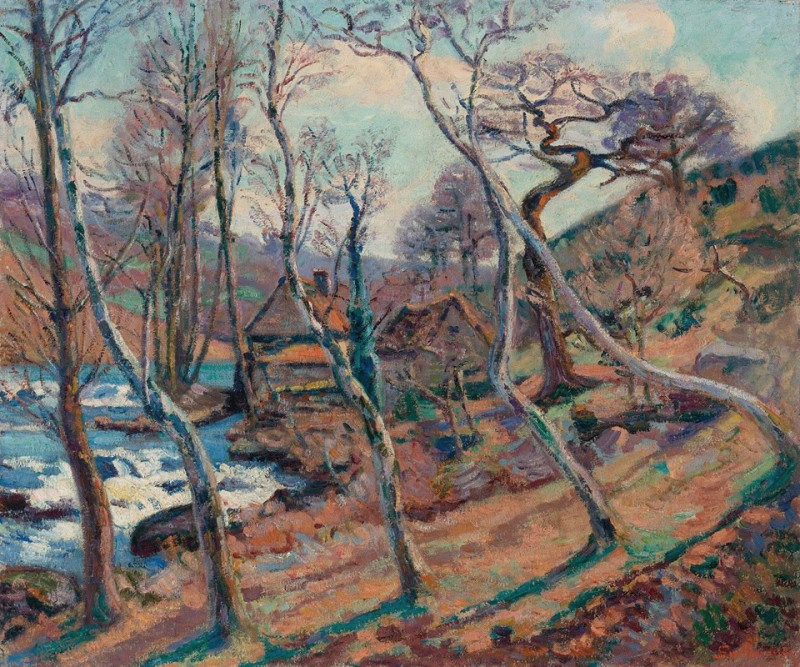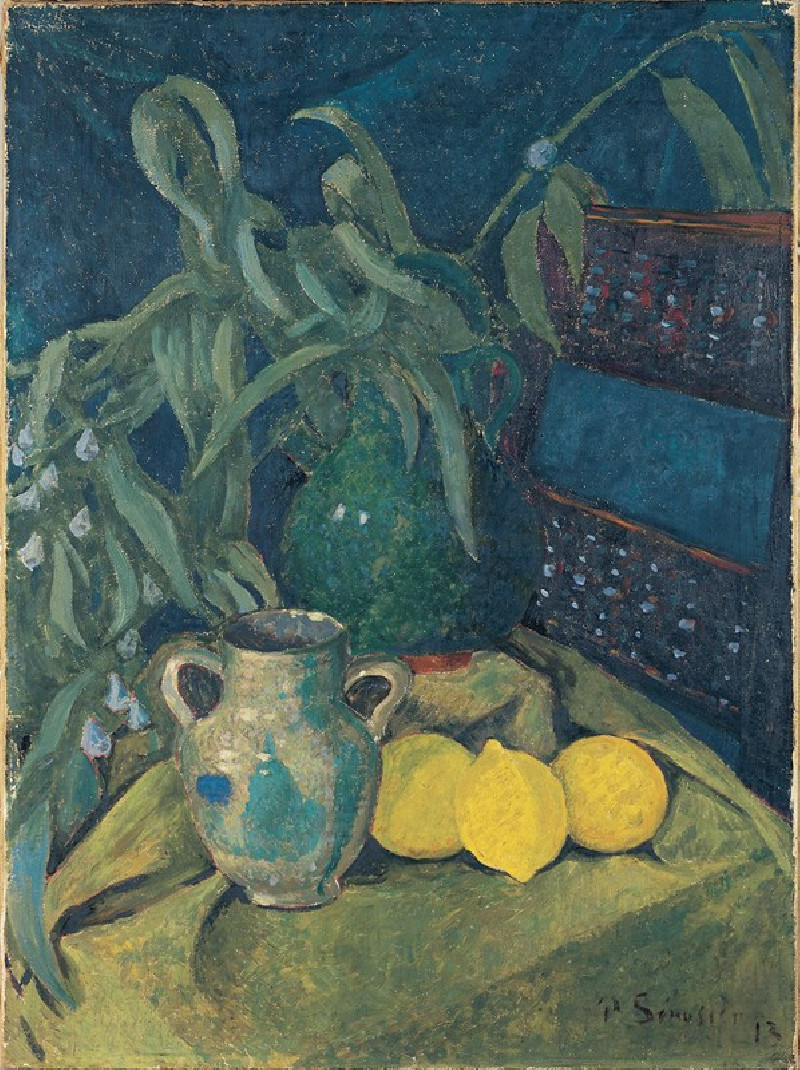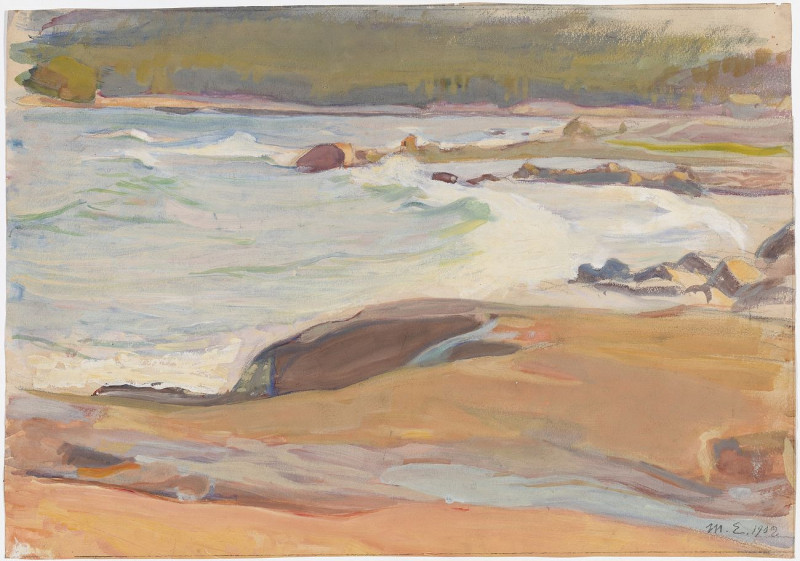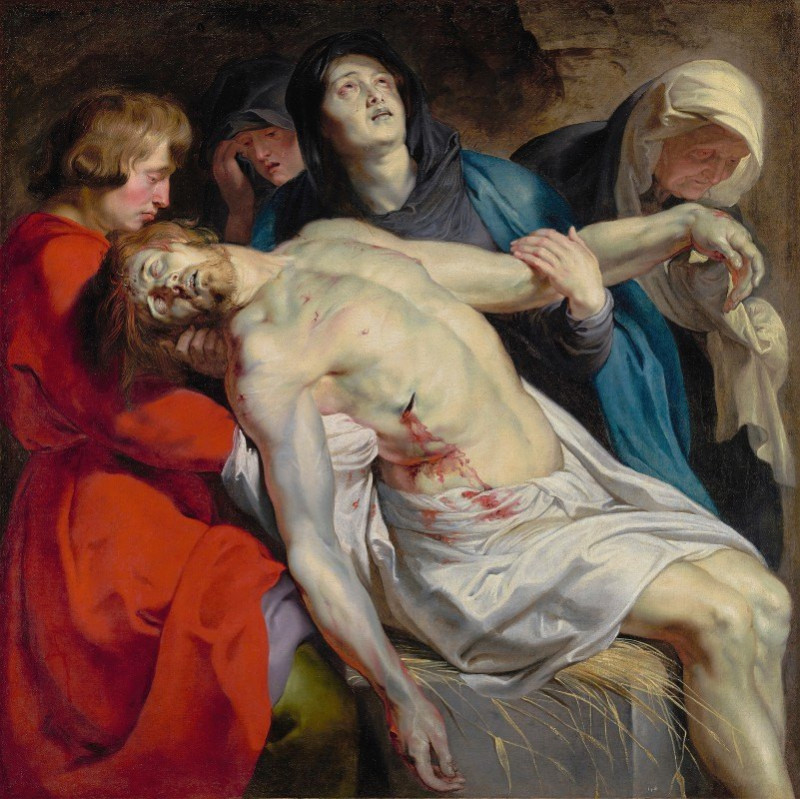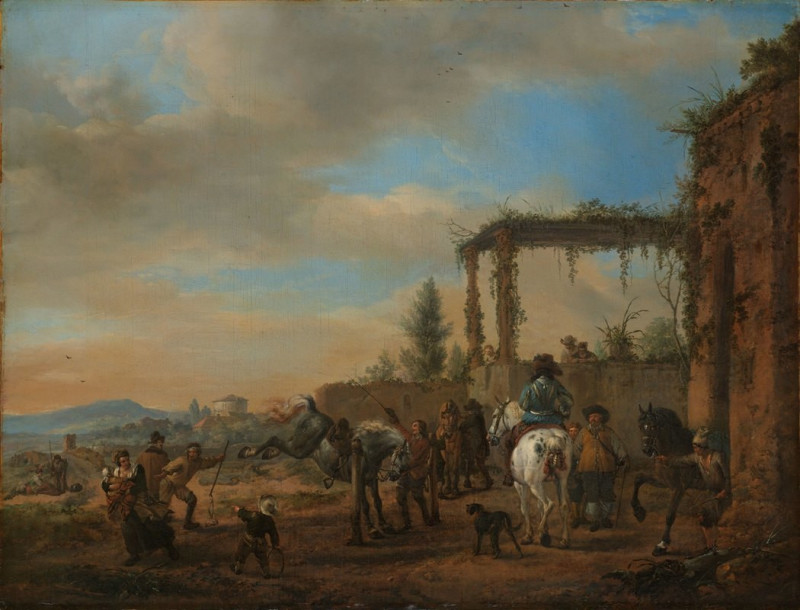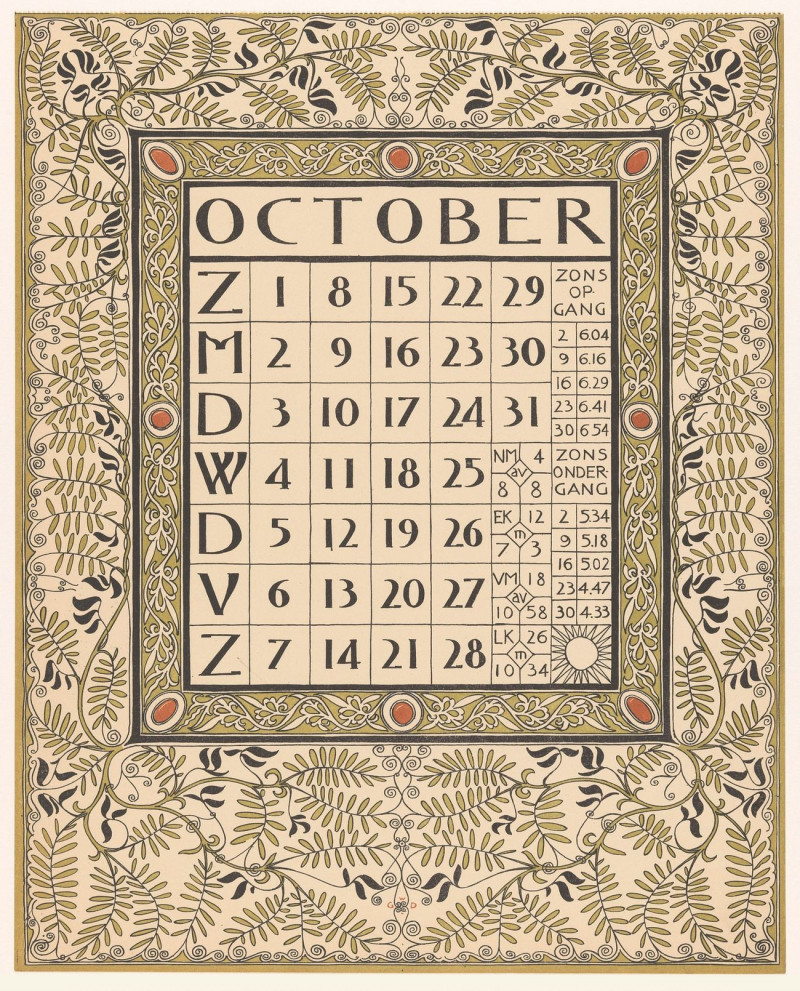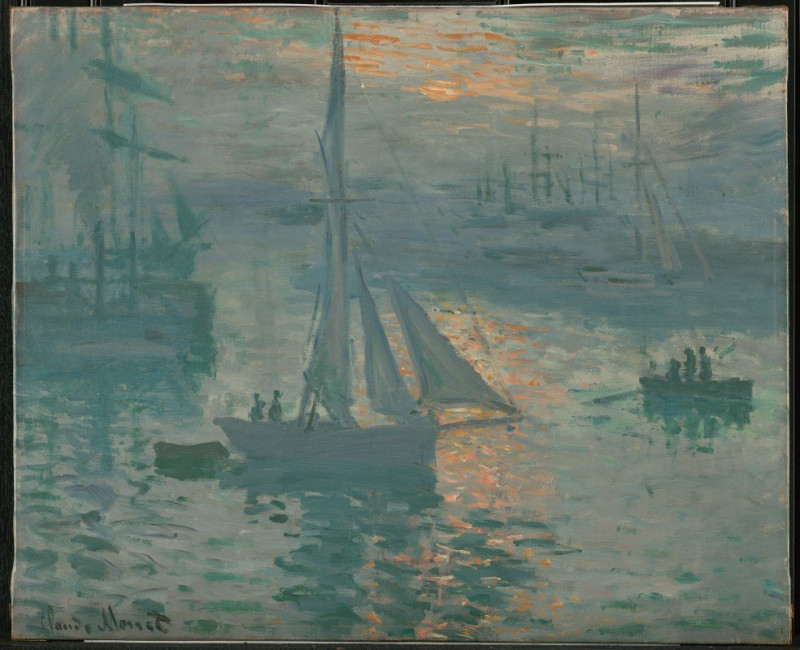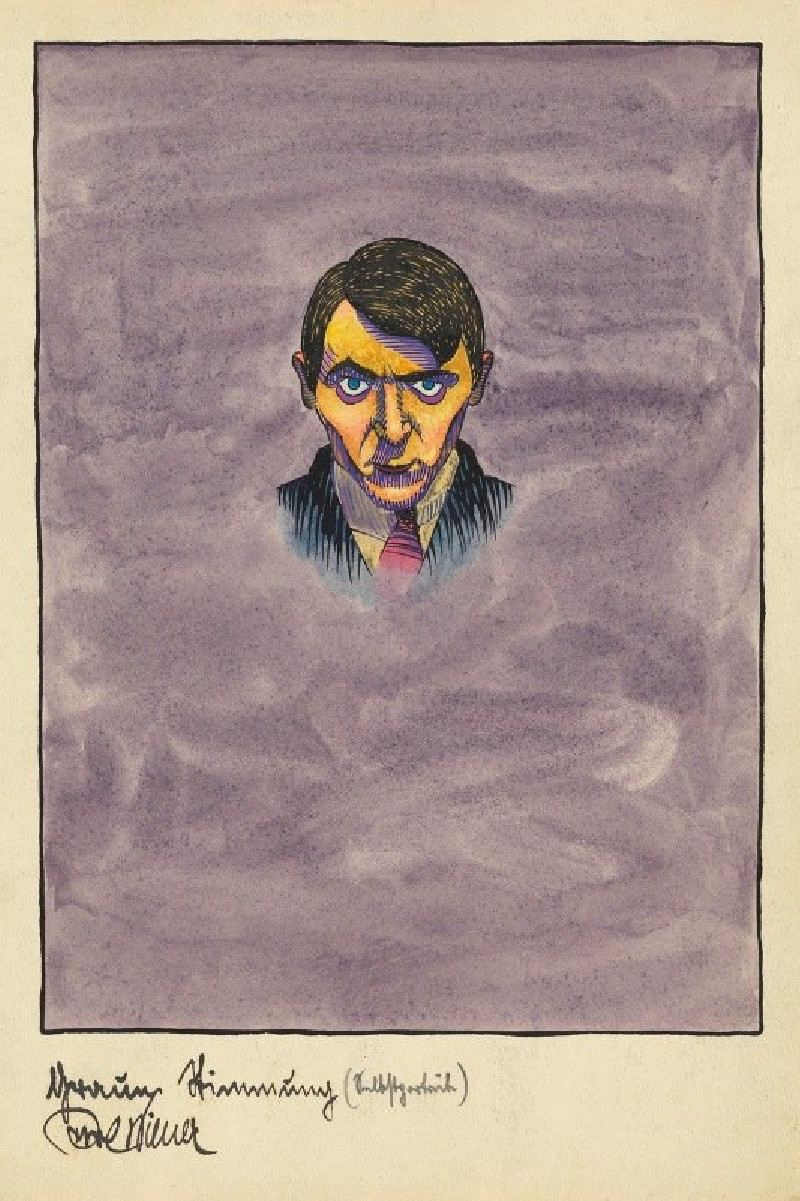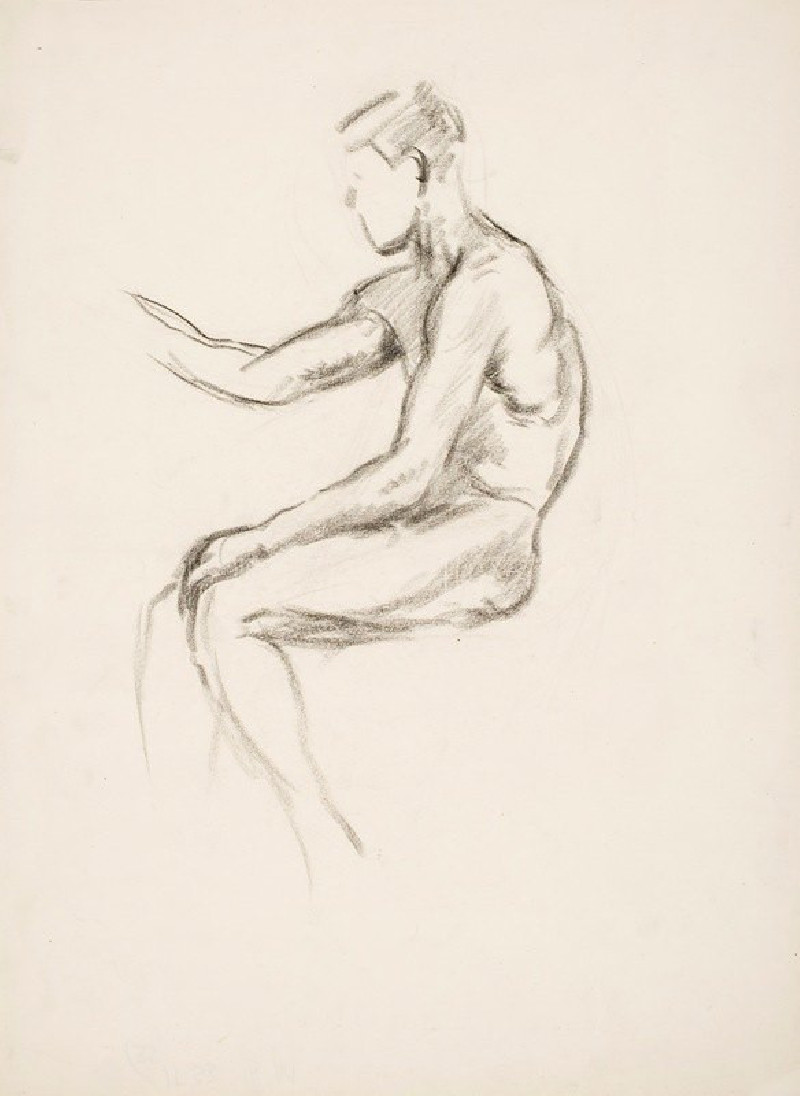The Brioche (1870)
Technique: Giclée quality print
Recommended by our customers
More about this artwork
Welcome to a visual feast by Edouard Manet, "The Brioche" (1870), a striking still life that captures more than just the eye. In Manet's painting, each element is rendered with the kind of care and attention that speaks to the very soul of still life art. At the center, the namesake brioche, with its golden crust and plump form, draws the viewer’s gaze. It's flanked by a vibrant assembly of fruits and other objects that create a rich tableau of textures and colors.To the left, a vivid red box, possibly for spices or tea, adds a bold touch of color that contrasts sharply with the dark background. To the right, the gentle, almost translucent petals of a white rose appear suspended above the scene, lending a delicate and somewhat ephemeral quality to the composition. Nearby, plump peaches rest beside the brioche, their soft, velvety skins aglow with a subtle luminescence. A cluster of green grapes drapes over the edge of the table, their round forms a textural counterpoint to the soft fringes of the tablecloth beneath them.Each element in this painting is meticulously detailed, from the fibrous texture of the brioche to the glossy surface of the grapes and the fluttering edges of the tablecloth. Manet's skill in manipulating light and shadow not only highlights the natural beauty of these objects but also creates a sense of depth and volume."The Brioche" is more than a simple depiction of breakfast items; it is a meditation on the beauty found in everyday objects, inviting the viewer to pause and appreciate the ordinary turned extraordinary through Manet's eyes.
Delivery
Returns
Édouard Manet (1832–1883) was a French modernist painter and one of the first 19th century artists to paint modern life. His impressionist style is characterized by relatively small and thin brushstrokes that create emphasis on light depiction. Manet was one of the key artists in the transition from realism to impressionism, along with Claude Monet, Edgar Degas, and Pierre-Auguste Renoir. However, he resisted involvement in any one specific style of painting, and only presented his work to the Salon of Paris instead of impressionist exhibitions. His early masterworks, The Luncheon on the Grass and Olympia, created great controversy and served as a rallying point for other young painters.

